Autos
New ’19 SUV models impressive
Ford Expedition, Toyota Sequoia among standout comfy cruisers
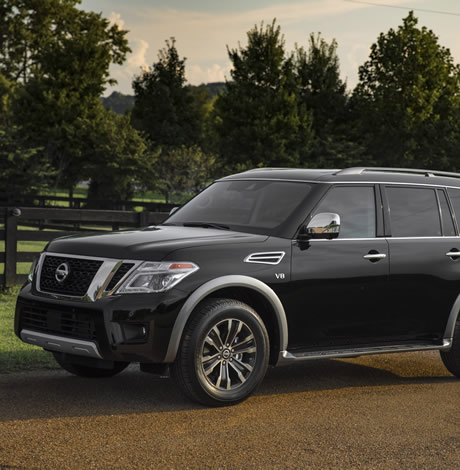
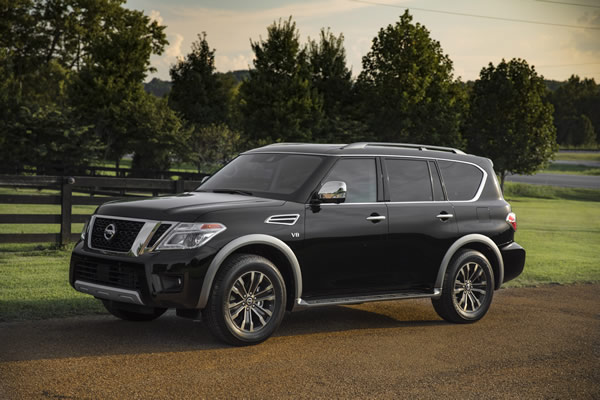
Nissan Armada Platinum Reserve 4WD
Large and lumbering SUVs, with their gas-guzzler rep and oversized swagger, have always been a buzzkill, at least for me. But after some prodding from automaker colleagues, I decided to test a bevy of these brutes. Turns out many Leviathans have evolved into gentle giants, with an unexpected emphasis on agility, amenities and fuel economy.
NISSAN ARMADA PLATINUM RESERVE 4WD
$62,000
Mpg: 13 city/18 highway
Zero-60 mph: 5.9 seconds
Cargo capacity: 95.4 cu. ft.
With a complete redesign last year, the Nissan Armada gets a leg up on the Toyota Sequoia — almost. Sure, the Armada exterior is jazzier, and the interior borrows heavily from upscale Infiniti. But those knobs and switches aren’t the latest iteration, which means the cabin could use a “Queer Eye” makeover.
Another nit to pick: Sequoia has the better infotainment system, with smartphone capability. But the Armada has plenty of plusses, including a nifty new V8 engine with a pleasing exhaust rumble. Step on the gas, and this SUV is as fast as a Nissan Maxima sedan. I found the suspension and cornering as sharp and nimble as the Ford Expedition.
There’s also a novel rearview-camera feature, where the backup camera is projected onto the rearview mirror. And the Armada (and its high-end cousin, the Infiniti QX80) have the highest towing capacity at 8,500 pounds of the SUVs here. I also test drove an Infiniti QX80, and the performance, storage space and other stats are identical to the Nissan Armada. But the QX80 has a sleeker, quieter cabin, with more comfortable seats. Of course, the QX80 also costs about $20,000 more.
FORD EXPEDITION PLATINUM 4X4
$74,000
Mpg: 17 city/24 highway
Zero-60 mph: 5.9 seconds
Cargo capacity: 104.6 cubic feet
So there I was, debating whether or not to squeeze a compact crossover into an itty parking spot in an underground D.C. garage. But as soon as I spotted a Ford Expedition in a similar space, it was game on: No way was I going to be shown up by a hulking hauler. Still, I was impressed. A few months later, when actually test-driving an Expedition, I was impressed again.
Despite being built on an F-150 truck platform, the Expedition handles more like a Mercedes S-Class sedan. Sprinting around curvy backroads was as fun as a theme-park thrill ride, and I was driving in Normal mode, not the more athletic Sport mode. With clever nips and tucks, today’s Expedition looks like a smaller, stylish Explorer.
Pricing for a base-model Expedition costs $54,000, while the top-end Platinum 4X4 model is another 20 grand. But it’s worth the extra cash for the excellent 400-hp V6 turbo, with a stop/start engine feature that conserves fuel. Gobs of other goodies include 22-inch wheels, power-adjustable pedals, power-folding third-row seat, hands-free power liftgate, panoramic sunroof and running boards that automatically deploy when getting in and out of the vehicle.
There’s also a suite of safety features, with airbags everywhere. The Sync voice-control system includes Wi-Fi hotspot and wireless phone charging. As for navigating in and out of tight spaces, it turns out the Expedition comes with an automated parking system.
TOYOTA SEQUOIA PLATINUM 4WD
$68,000
Mpg: 13 city/17 highway
Zero-60 mph: 6.7 seconds
Cargo capacity: 120.1 cu. ft.
Did Toyota miss the memo on redesigning vehicles every few years? After all, the current Sequoia is based on the second-gen version launched back in 2008. Gas mileage lags similar SUVs, and there’s definitely no wow factor in the old-timey cabin. Still, the exterior gets a refresh, with three new colors, an updated front end, and snazzier headlights and taillights.
There’s also a flashy new TRD Sport trim, with metallic black mirror caps, black/chrome badging, black interior treatments and a sport-tuned suspension. Built on the Tundra full-size pickup chassis, the Sequoia’s cargo capacity is hard to beat. And with three rows of seating, there’s abundant headroom and legroom for eight adults.
I was surprised how quiet and composed this sport-ute handled over potholes and minor off-roading. Acceleration and braking also were smooth and precise. Many optional safety features are now standard, including lane-departure warning, automatic emergency braking and forward-collision warning with pedestrian detection. Expect high reliability (this is Toyota, after all). And remember, there’s a nice upside to a dated design: It’s often easier to negotiate a decent price at the dealership.
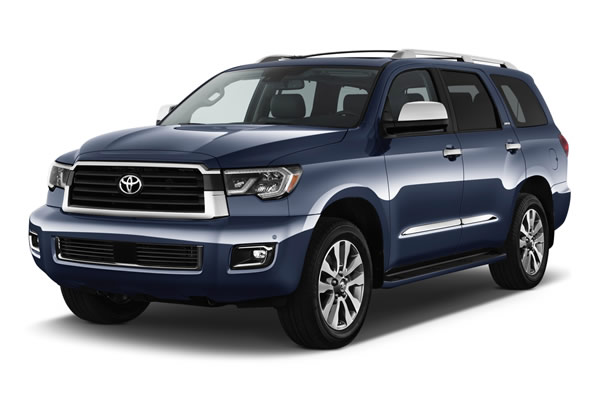
Toyota Sequoia Platinum 4X4
RANGE ROVER V8 SUPERCHARGED
$105,000
Mpg: 16 city/21 highway
Zero-60 mph: 4.8 seconds
Cargo capacity: 71.7 cu. ft.
Talk about getting the royal treatment: Where else can you find a ritzy Brit box on wheels, with 20-way power-adjustable seats, electronic air suspension to lower the vehicle for easy access, soft-close doors to prevent any harsh slamming sound and an automatic facial-massage feature.
OK, so there’s no facial massage, but you get the picture: The Range Rover V8 Supercharged is a superior SUV. It all starts with the engine, a burly, 518-hp supercharged V8 that rockets this chic chariot from zero-60 mph in less than five seconds.
Swing sharply into a hairpin curve, mash the accelerator on the straightaway and (surprise!) there’s virtually no body roll despite the tall stance and high chassis. Inside, opulence is the word, with premium wood trim, a gesture-controlled sunblind for the panoramic sunroof and a high-tech infotainment system with two 10-inch touchscreens.
My main beef was when the infotainment system froze up a few times, an unfortunate nod to Range Rover’s reliability issues. Another concern: cargo capacity was limited compared to other SUVs. Still, along with superb driving capabilities, it was hard not to appreciate this Rover’s blend of old-world craftsmanship and modern comfort.
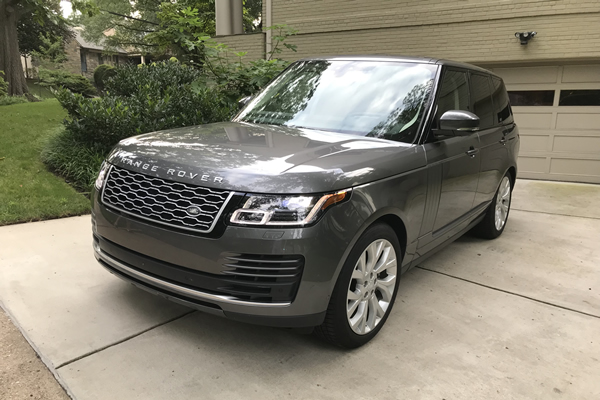
Range Rover V8 Supercharged
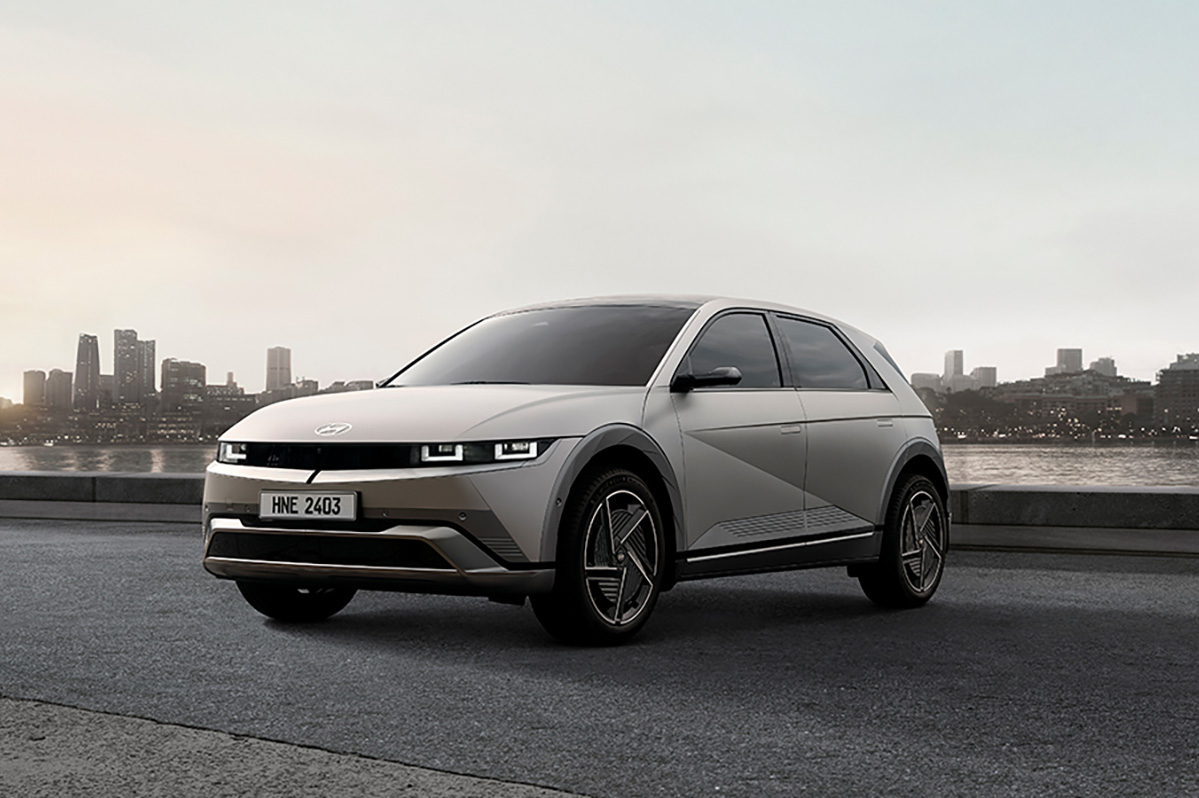
Electric-vehicle tax credits may have faded earlier this year, but EVs themselves are far from losing their spark. There are more charging stations than ever, battery ranges are longer and more realistic, and automakers have finally figured out that EVs don’t all need to look like geeky science projects or feel like failed beta tests.
Just look at these two compact electrics, which are futuristic, fun and flexible enough for work or play.
HYUNDAI IONIQ 5
$37,000 to $48,000
Range: 245 to 318 miles
0 to 60 mph: 4.5 to 7.4 seconds
Cargo space: 26.3 cu. ft.
PROS: Fast charging. Roomy cabin. Silky-smooth suspension.
CONS: Wide turning radius. Rear wiper not on all trims. Price creep.
After being introduced three years ago, what’s new for the latest Hyundai Ioniq 5? Mostly refinement. Charging is quicker, software is smarter and Hyundai continues to quietly listen to feedback, tweaking ride comfort and usability. Think of it as switching from messy eyeliner to a perfectly sharp wing.
Exterior styling remains one of this EV’s biggest conversation starters. Those pixel-inspired lights, crisp lines and slick hatchback-meets-crossover proportions exude refreshing confidence. There’s no trying to blend in, and that’s the point. Park this Hyundai anywhere and heads will turn.
On the road, the Ioniq 5 prioritizes calm over chaos. Steering is light, the suspension smooths out rough pavement and acceleration feels brisk without being aggressive. Safety tech is plentiful and well-calibrated—adaptive cruise control, lane-centering, blind-spot monitoring—all working together without seeming like a nervous backseat driver. IOW, this ride is supportive, not clingy.
Inside, the user-friendly cabin shines. The flat floor and long wheelbase create a lounge-like atmosphere, with excellent legroom and airy visibility. Seats are well-bolstered and available with eco-friendly materials, and the sliding center console adds flexibility. Cargo space is generous, and the wide windshield makes city driving stress-free. Alas, the rear wiper is only available on select models. Overall, though, I appreciated how everything looks modern without feeling cold.
What makes this Hyundai special is its vibe. An EV that embraces individuality without shouting about it.
Fun fact: The Ioniq’s ultra-fast charging can add hundreds of miles in under 20 minutes—perfect for those who hate waiting almost as much as they hate small talk on awkward first dates.
VOLKSWAGEN ID.4
$46,000 to $59,130
Range: 206 to 291 miles
0 to 60 mph: 4.4 to 7.7 seconds
Cargo space: 30.3 cu. ft.
PROS: Sure handling. Decent range. Good storage.
CONS: Body roll in curves. Fussy infotainment. No frunk.
The latest VW ID.4 focuses on polish. Software updates have fixed earlier frustrations, and overall drivability feels more cohesive. Less “learning curve” and more “hop in and go,” like a dependable bestie who doesn’t overthink things.
Styling-wise, this EV is intentionally inoffensive. Soft curves, friendly lighting and a familiar crossover shape make it approachable. While the ID.4 won’t turn heads like the Ioniq 5, that’s OK. It’s more akin to a classic outfit that always works—timeless, not trendy.
Driving the ID.4 is relaxed and predictable. This SUV prioritizes comfort over thrills, with a suspension tuned for daily commuting and long highway drives. Safety features are comprehensive and reassuring, including excellent lane assistance and collision-prevention systems. It’s the kind of car that quietly has your back, no drama required.
Inside, the ID.4 offers a calm, uncluttered cabin with good space for passengers and cargo alike. Rear-seat legroom is especially strong, making it a solid road-trip companion. The seats are plush, visibility is good and while the infotainment system isn’t the most intuitive, it’s improved enough to be more than tolerable.
The ID.4’s special sauce is balance. It doesn’t try to reinvent the wheel—it just electrifies it.
Fun fact: This is one of the most globally popular EVs, proving that sometimes being universally liked is a strength, not a personality flaw. Think, gold star gay who still surprises you.
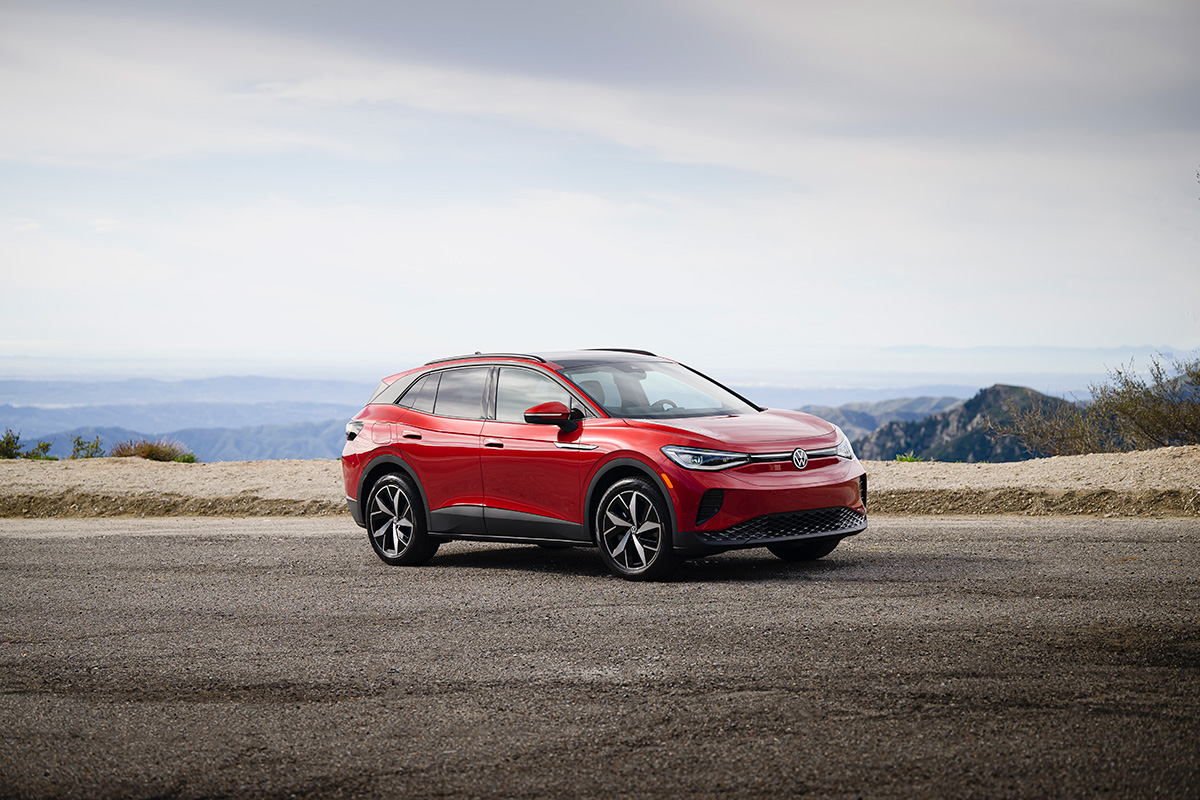
Autos
Revving up the holidays with auto-themed gifts
Lamps, mugs, headphones, and more for everyone on your list
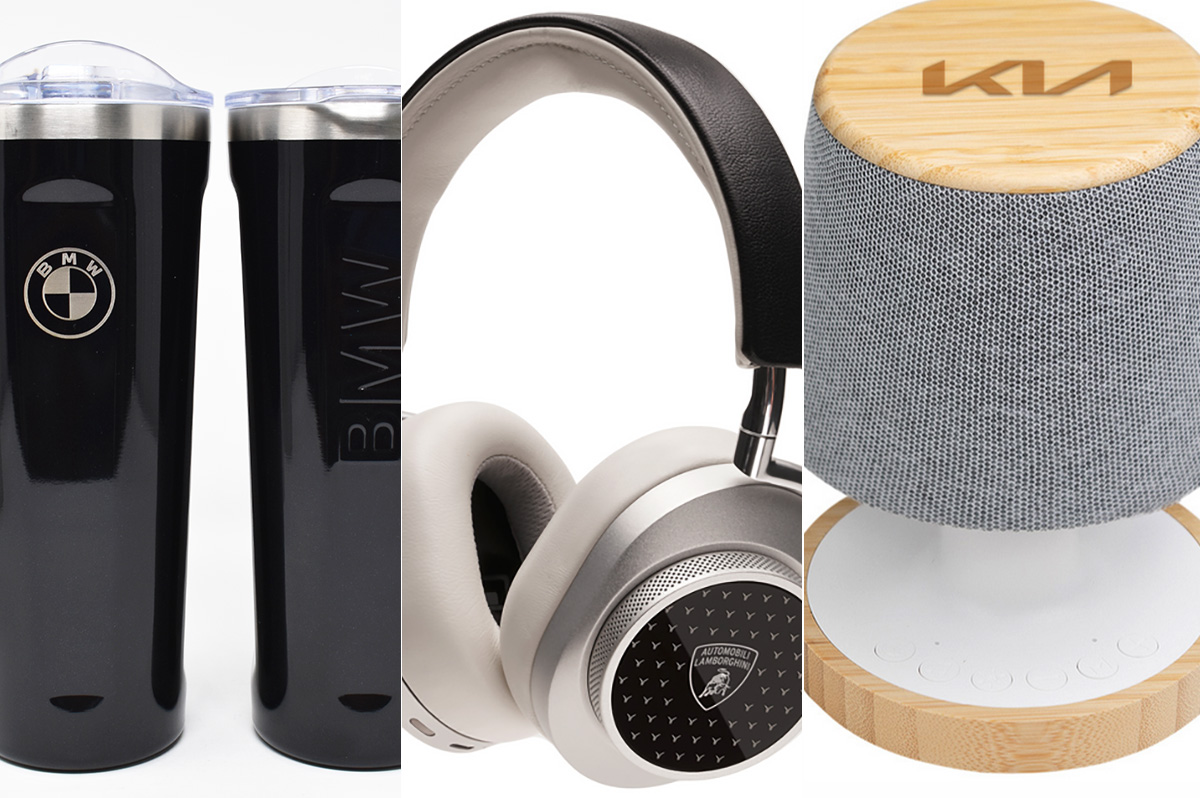
Here’s how to shift your holidays into high gear.
Bentley Bottle Stopper
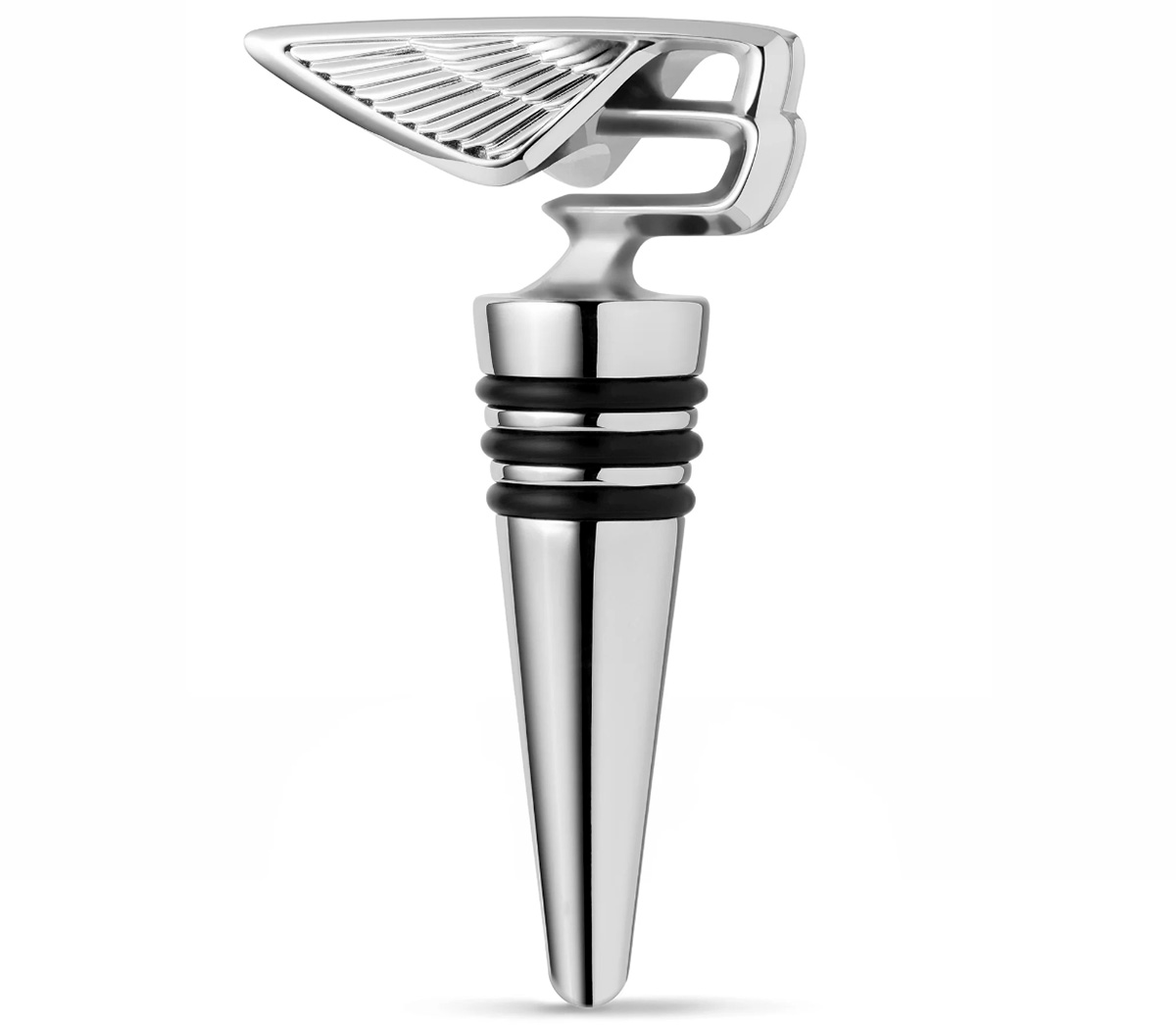
Pop your cork—in a good way—with a Bentley bottle stopper ($106), made of zinc alloy with chrome plating and rubber rings. The classy design is inspired by the automaker’s iconic “Flying B” mascot from 1930.
Subaru Motorsports Counter Stool
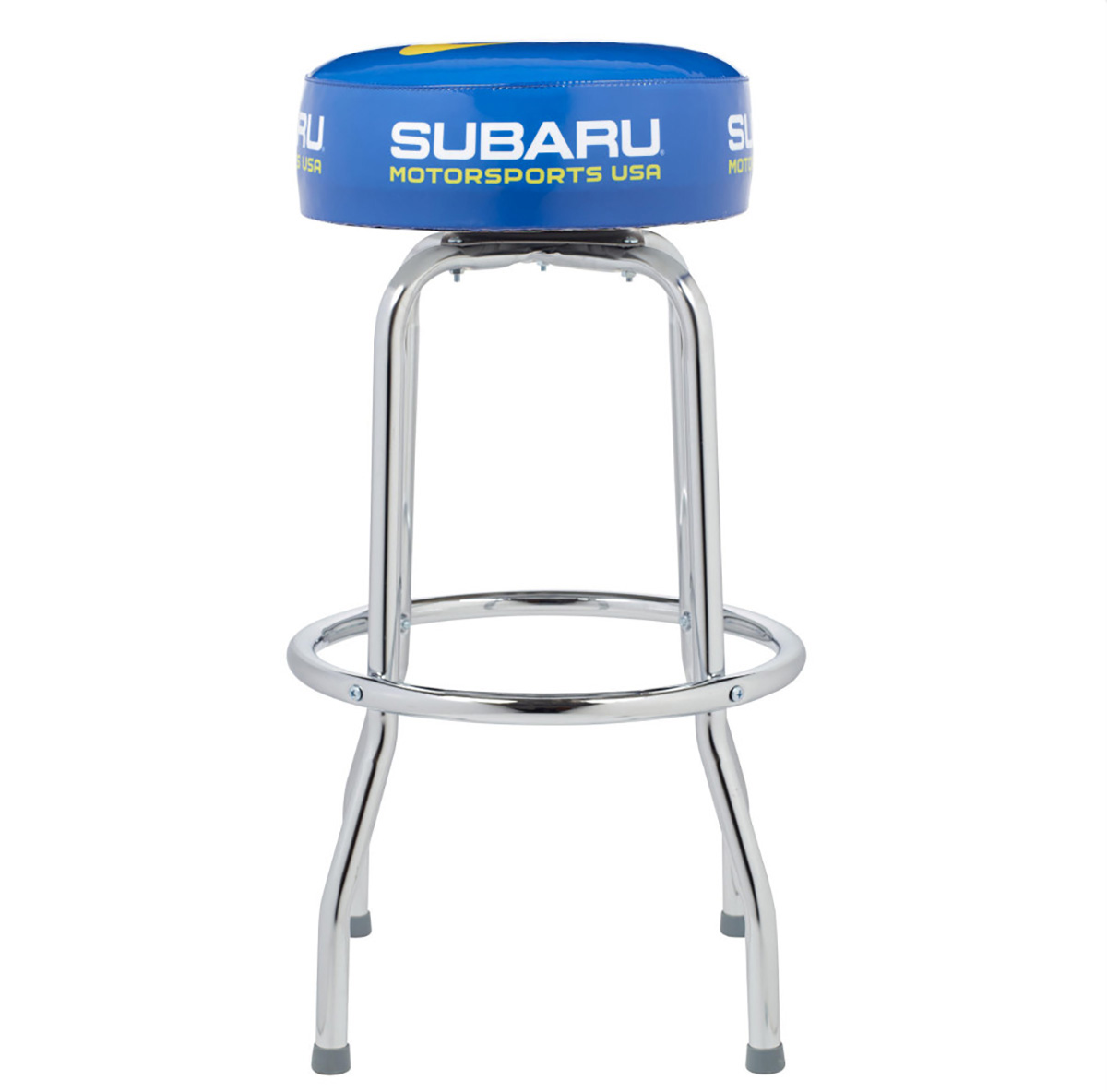
Belly up to the bar with the Subaru Motorsports Counter Stool ($175). The 30-inch-tall metal chair—with padded vinyl cover and automaker logo—is lightweight and swivels 360 degrees.
BMW Luxe Luggage
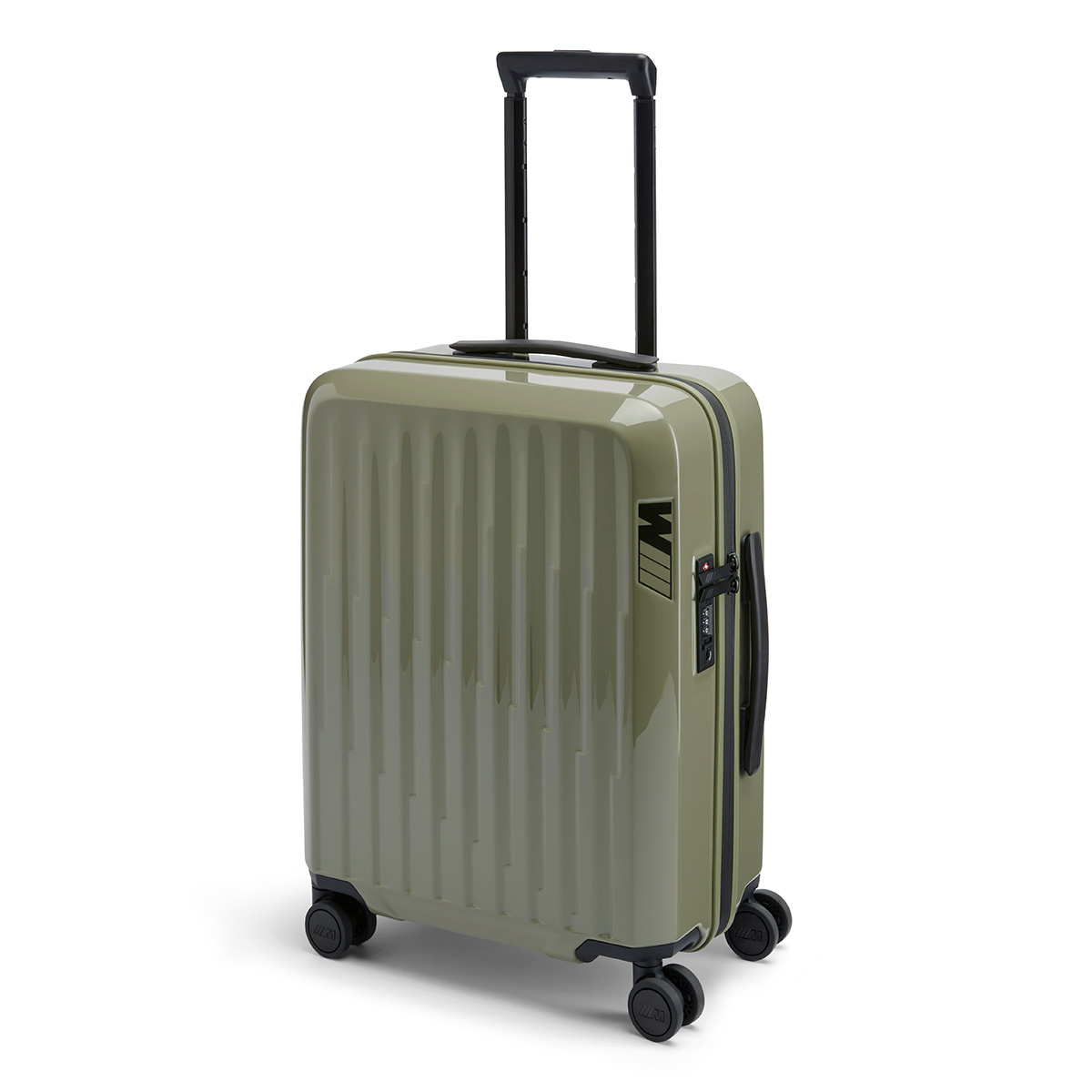
You won’t have trouble spotting this chic khaki-green BMW M Boardcase ($307) at airport baggage carousels. The high-performance “M” logo is etched on the durable polycarbonate casing, as well as on the main compartment zipper and all four of the sturdy double wheels. Comes with recycled lining, along with laundry and shoe bags.
Ford Yoga Gym Bag
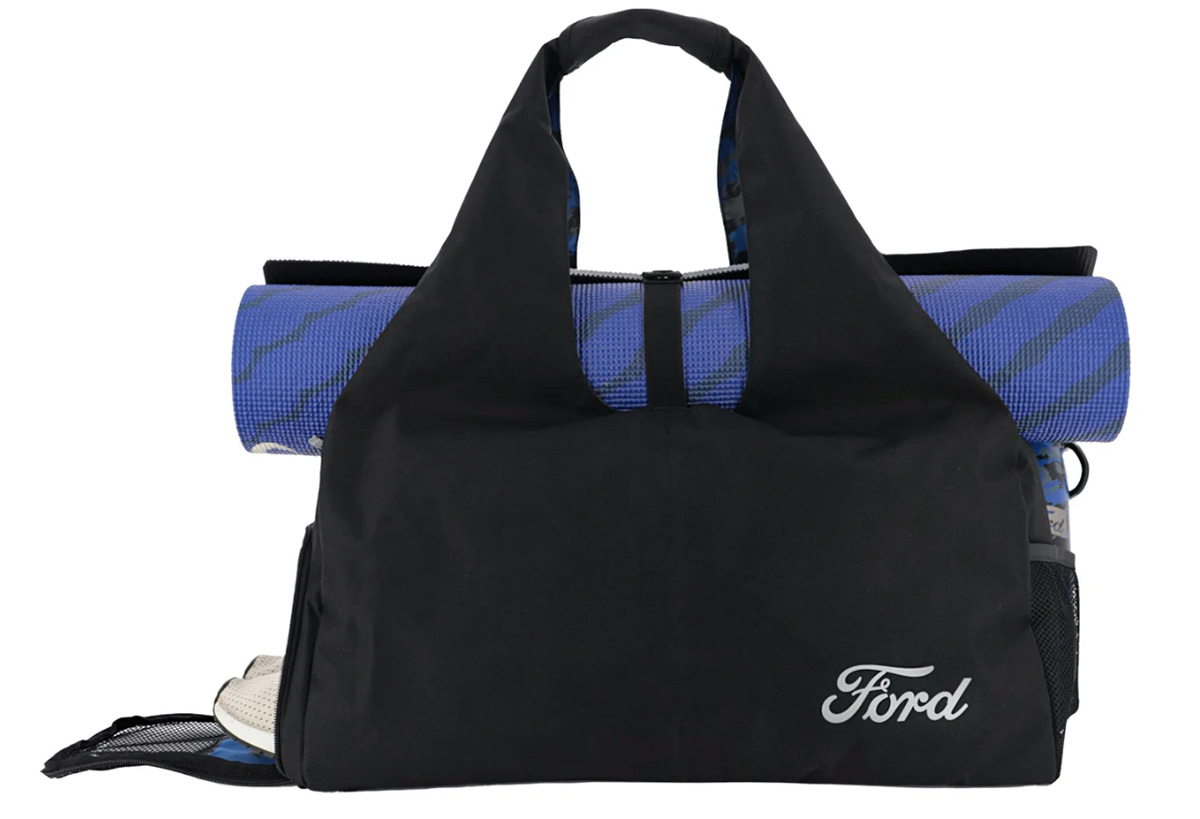
The Ford Yoga Gym Bag ($15) has a wide handle and button strap to securely carry a yoga mat, as well as convenient pockets to stow water bottles and shoes. Made of black polyester, with reflective silver Ford logo. (Yoga mat not included.)
Kia Mini Lamp with Speaker/Sound
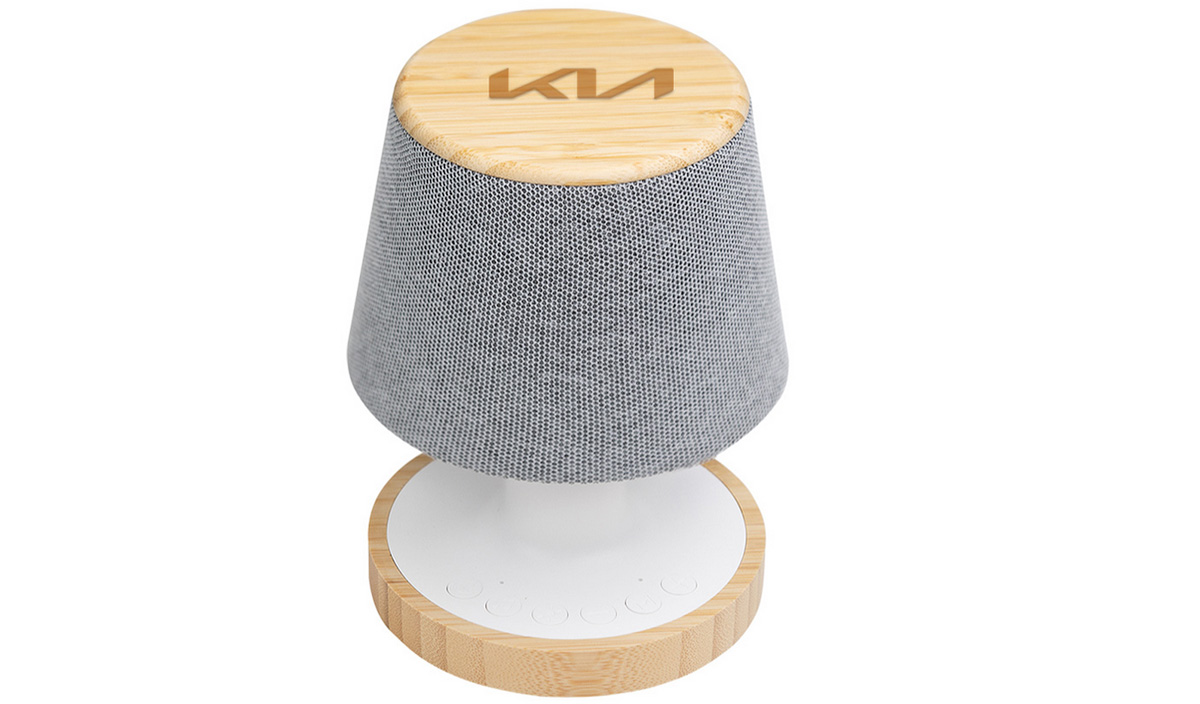
It doesn’t get much more Zen than a Kia Mini Lamp with Speaker and Sound Machine ($50). Made of bamboo, sturdy plastic and a fabric grill, the tiny wireless lamp has LED lighting with three settings. Pair with your phone to choose from eight soothing sounds: brook noise, bird chirp, forest bird, white bird, ocean wave, rainy day, wind and fireside.
Lexus Green Pro Set
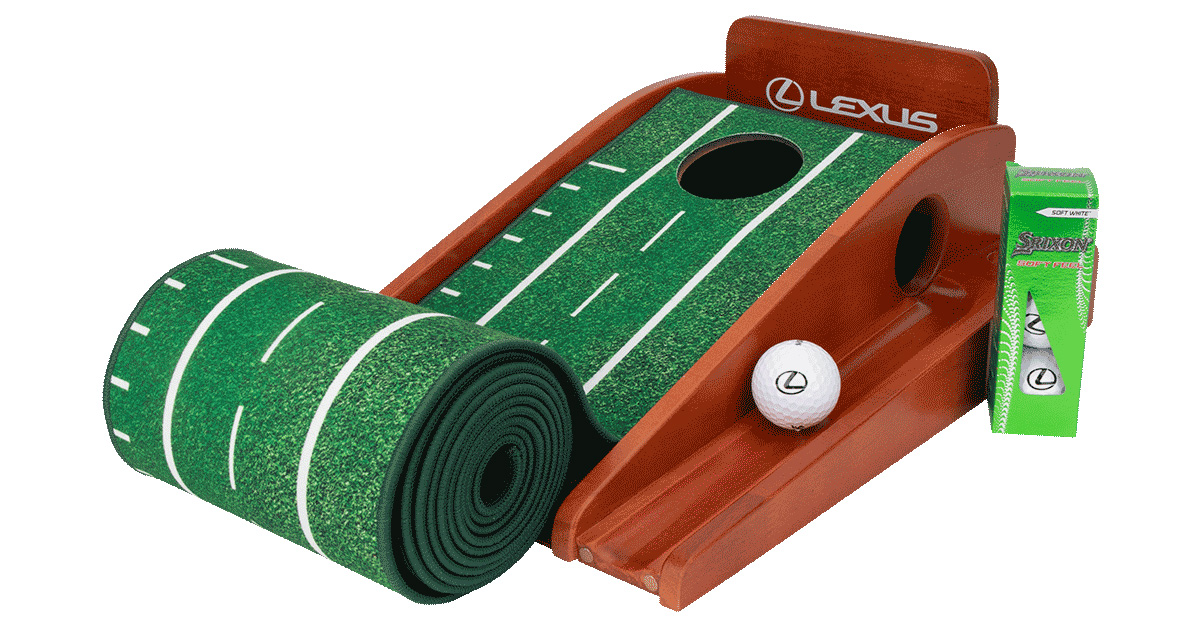
Practice makes perfect with the Lexus Green Pro Set ($257), a putting mat with “train-track markings” to help improve any golfer’s alignment. Lexus logo on the wood frame with automatic ball return.
Lamborghini Wireless Headphones
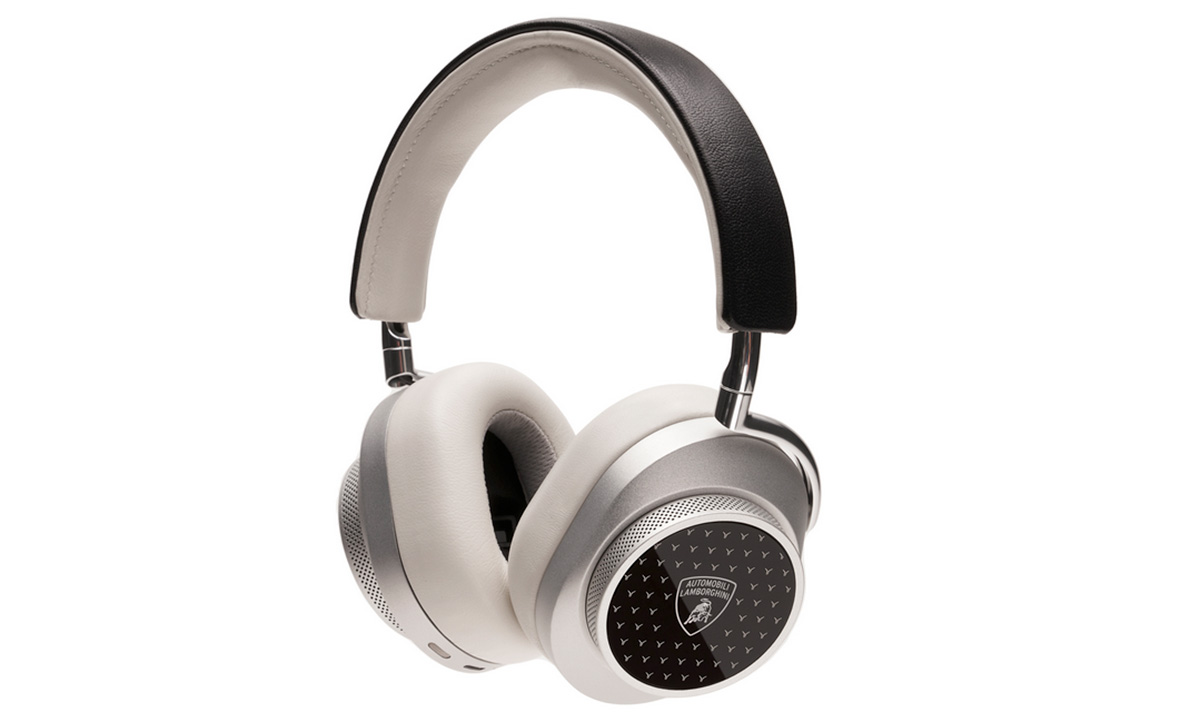
Turn on, tune in, drop out—well, at least at the end of a hectic day—with these Lamborghini Wireless MW75 Headphones by Master & Dynamic ($901). Batteries last up to 32 hours or up to 28 hours in active noise-canceling mode.
BMW Quatro Slim Travel Tumbler

The BMW Quatro Slim Travel Tumbler ($23) lives up to its name: sleek, smooth and scratch-resistant. Comes with leak-proof lid and non-spill design.
Ford Vintage Mustang Ceramic Mug
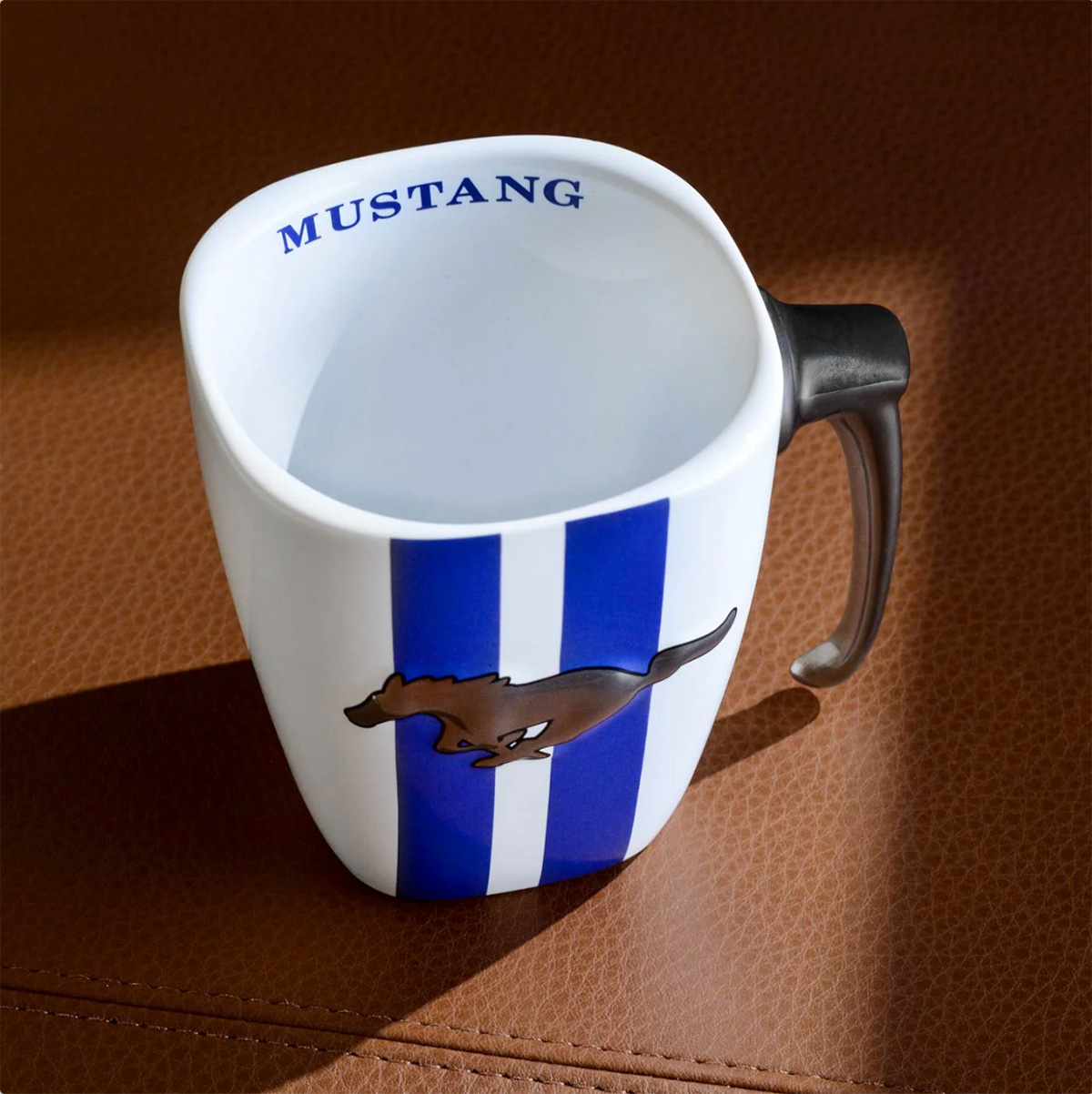
Giddy-up each morning with the Ford Vintage Mustang Ceramic Mug ($29). With cool blue stripes, the 14-ounce mug features a silver handle and iconic pony emblem.
My First Lamborghini by Clementoni

Proving it’s never too early to drive an exotic car, My First Lamborghini by Clementoni ($62) is for children ages two- to four-years old. Kids can activate the remote-control car by pressing the button on the roof or by using the remote. This Lambo certainly is less expensive than an entry-level Huracan, which starts at $250,000.
Rolls-Royce Cameo
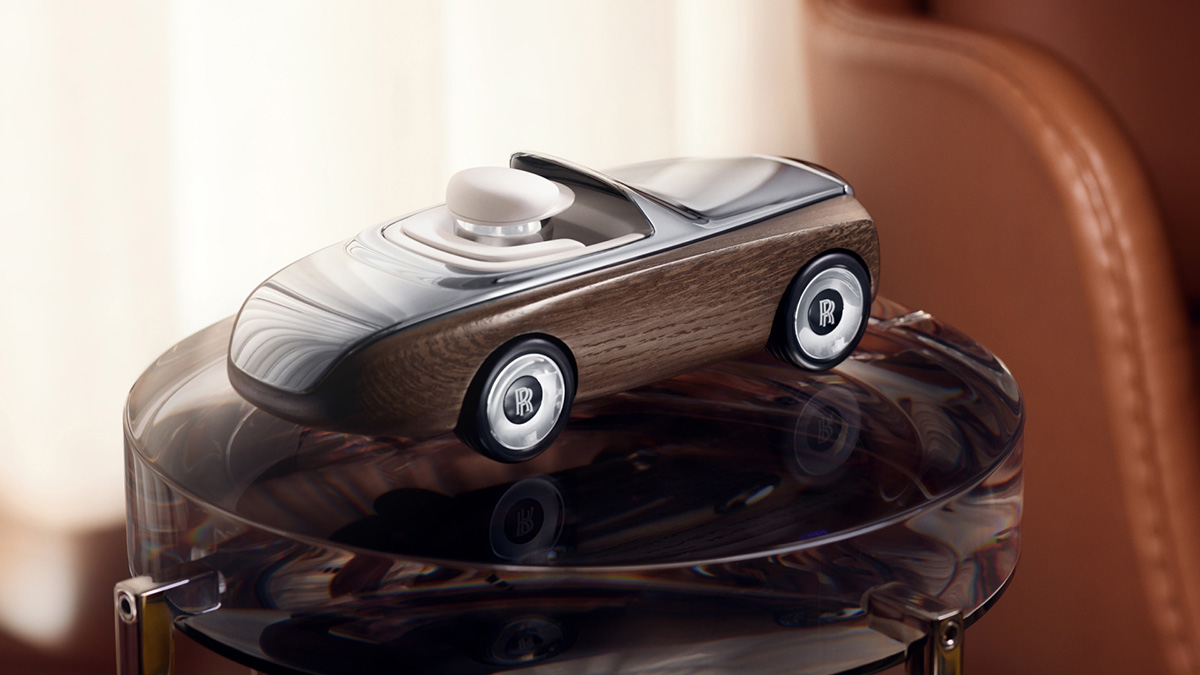
For adults looking for their own pint-sized luxury ride, there’s the Rolls-Royce Cameo ($5,500). Touted as a piece of art rather than a toy, this miniature collectible is made from the same solid oak and polished aluminum used in a real Rolls. As with those cars, this one even has self-leveling wheel-center caps (which operate independently of the hubcaps so that the RR logo is always in the upright position).
Maserati Notebook
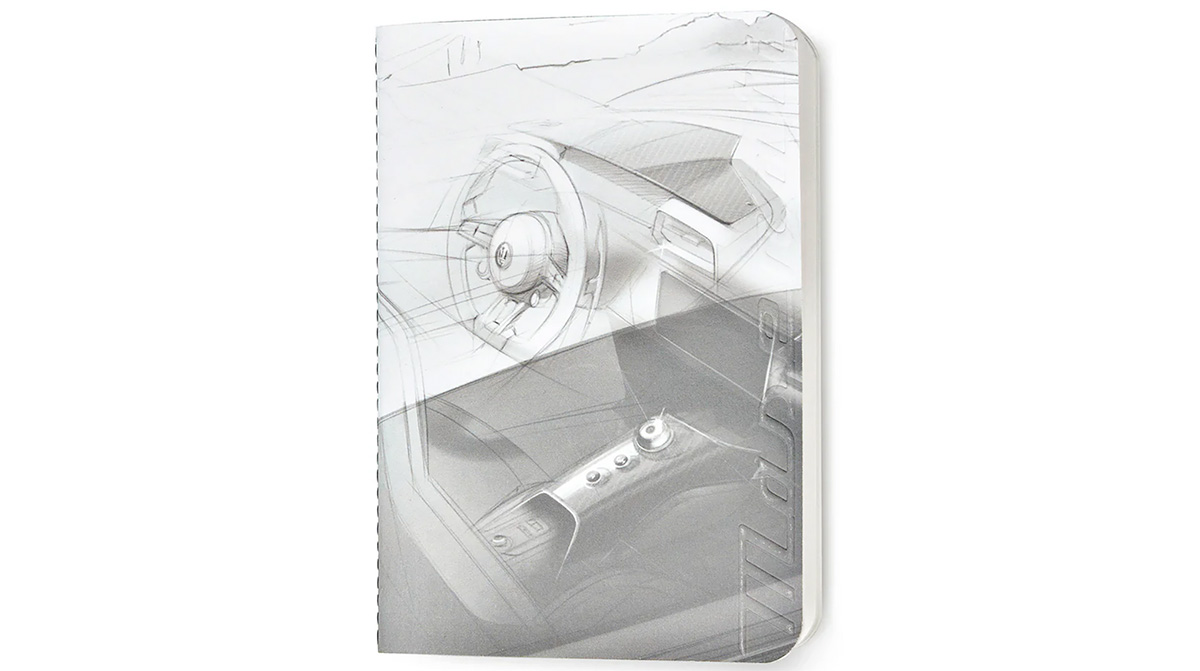
For those of us who still love the art of writing, the Maserati MC20 Sketch Note ($11) is an elegant notebook with 48 sheets of high-quality paper. The front and back covers feature stylish sketches of the interior of a Maserati MC20 supercar and the Maserati logo. Comes with saddle-stitched binding using black thread.
Dodge Demon Dog Collar
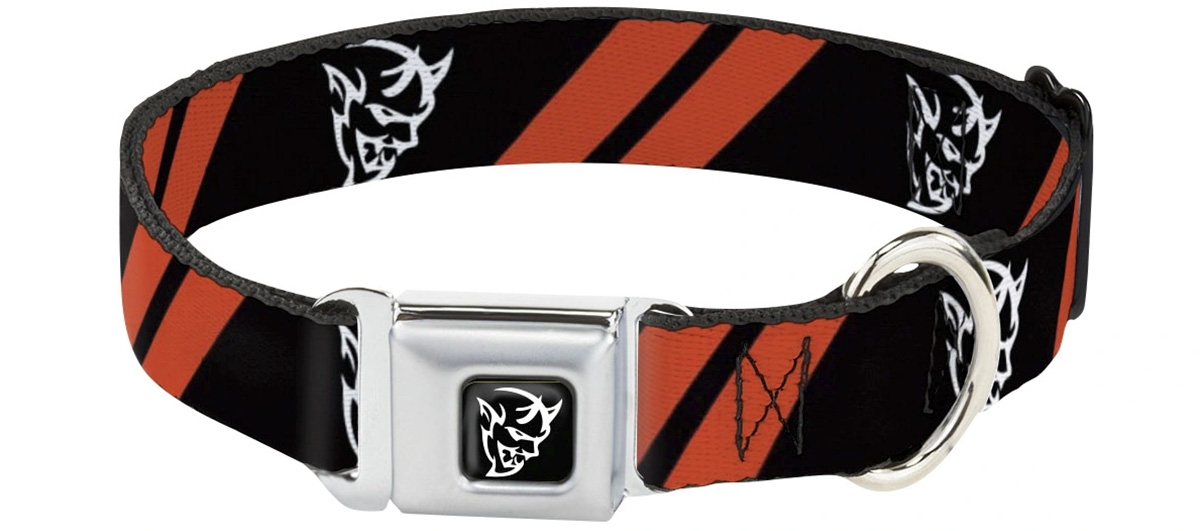
If your pooch is more Fluffy-kins and less the guard dog you sometimes need it to be, then there’s the Dodge Demon Seatbelt Buckle Dog Collar ($30). Made of steel and high-density polyester with a tiny seatbelt-buckle clasp, the collar is emblazoned with devilish Dodge Demon logos.
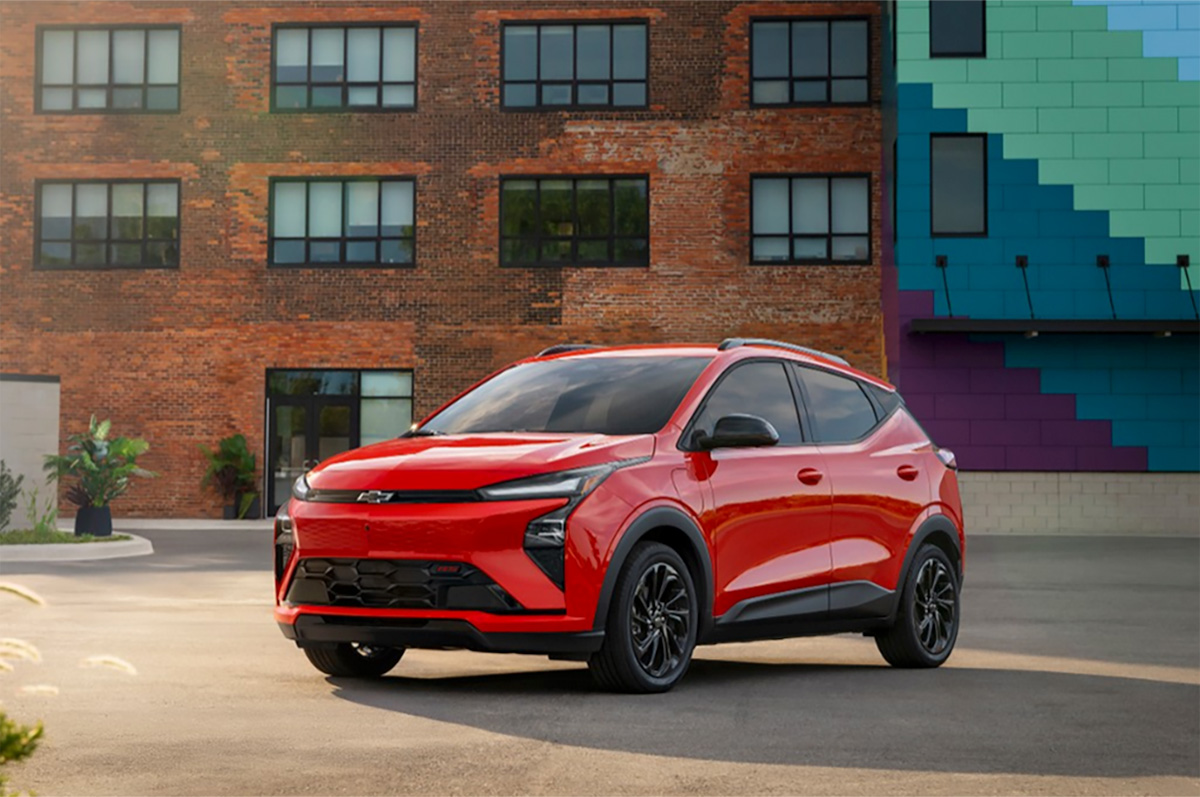
After a brief hiatus that started in late 2023, the Chevy Bolt—once a practical wallflower in the EV world—arrives back in showrooms in early 2026. It’s now sleeker, sassier, and less expensive than ever. And why not? Saving the planet should be affordable — and look good on Instagram.
CHEVY BOLT
$29,000
Range: 255 miles
0 to 60 mph: 7.5 seconds
Cargo space: 16.2 cu. ft.
Pros: Shapelier styling. Faster charging. Wallet-friendly price.
Cons: No speed demon. No AWD option. Modest towing capability.
If the previous Chevy Bolt was like a dependable friend who didn’t exactly turn heads, the new version has had a queer awakening. Still practical? Absolutely. Still efficient? You bet. But the exterior now boasts a sharper, wider stance, with slimmer headlights and punchier details that scream confidence instead of compromise.
Charging speed—which was anemic before—is significantly faster: roughly 100 miles in just 10 minutes at a fast-charging station. If you’re on a longer road trip and need to reach up to 80% battery capacity, it takes just 26 minutes—which is less than half the time of the previous model.
Range sits around 255 miles, so you’ll have no problem making it from your downtown apartment to that weekend cabin getaway—or your ex’s new city, if you’re feeling chaotic.
Regenerative braking is also improved, recapturing more energy for better efficiency and the ability for seamless one-pedal driving. In fact, lift your foot off the pedal and you can now come to a complete stop without touching the brakes.
As for speed, there’s now 210 horsepower—perfect for zipping through traffic (and faster than the Bolt’s archnemesis: the Nissan Leaf).
Overall, the ride is composed and confident—smooth over bumps, whisper-quiet, and surprisingly fun. No, this is not a performance diva, but it’s got lowkey swagger.
Inside, the Bolt is all grown up: cozy, modern and uncluttered, with soft-touch materials and ambient lighting that can match your mood. The cabin feels designed for people who appreciate good design—and good lighting for selfies.
There’s also enough tech to impress gadget-loving friends without being overwhelming. A massive, curved touchscreen runs Google Built-In, so your Maps, Assistant and playlists are always ready to go. Apple CarPlay and Android Auto are still here, and the interface feels logical, polished and just a touch playful.
And the suite of safety features is impressive: automatic braking, lane-keeping assist, blind-spot monitor, 360-degree camera, parking assist—it’s all here. But the crown jewel is Super Cruise, GM’s hands-free driving system that can take over on thousands of miles of highways. Forget route planning or battery-range concerns, this high-tech system does it all for you—including automatic lane changes on compatible roads.
Headroom and legroom are more than decent, especially for front-seat passengers. But for serious shopping mavens, rear cargo capacity is basically average. Luckily, the Bolt’s stowage quickly balloons to three times the size with the rear seats folded. (CityCenter, her I come!)
If the first Bolt seemed like that sweet environmentalist who handed out reusable straws, this one’s their supercharged offspring—still saving the planet, but now with a jawline and a Spotify playlist that slaps. It feels like an EV that makes sustainability something to celebrate, not tolerate.
To me, you could say the Bolt didn’t just come back — it came out, fully charged and ready to shine.
-

 National3 days ago
National3 days agoWhat to watch for in 2026: midterms, Supreme Court, and more
-

 District of Columbia4 days ago
District of Columbia4 days agoTwo pioneering gay journalists to speak at Thursday event
-

 Colombia4 days ago
Colombia4 days agoBlade travels to Colombia after U.S. forces seize Maduro in Venezuela
-

 a&e features4 days ago
a&e features4 days agoQueer highlights of the 2026 Critics Choice Awards: Aunt Gladys, that ‘Heated Rivalry’ shoutout and more














